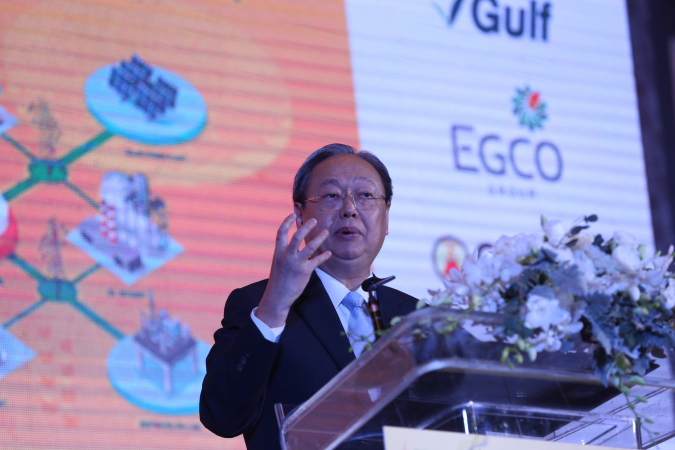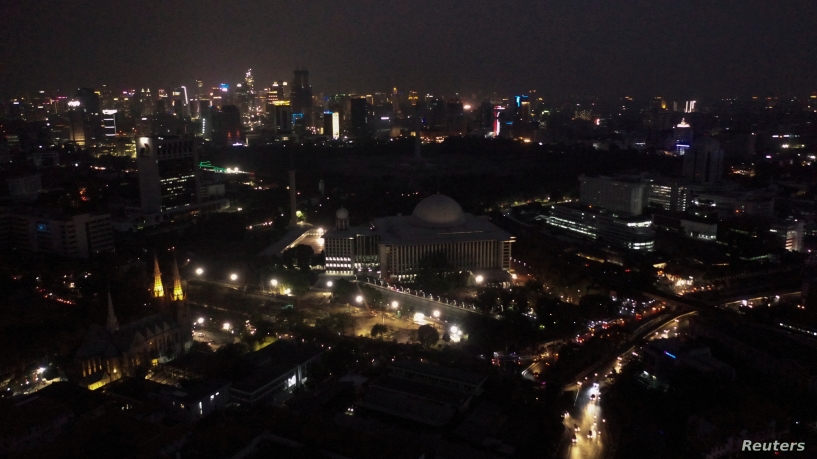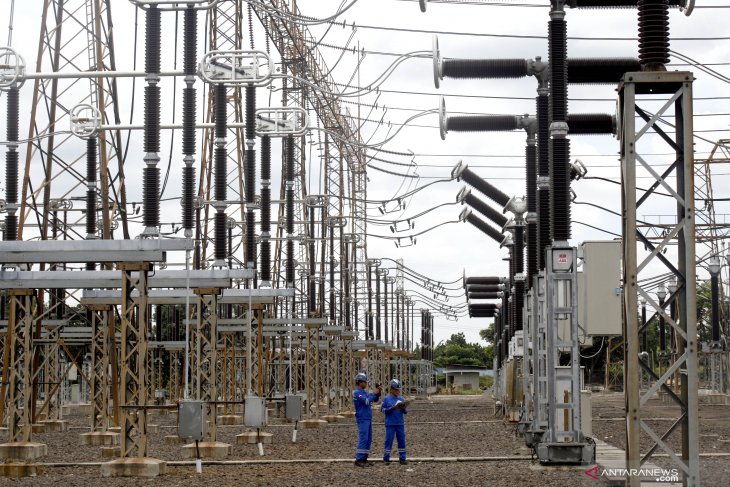- Renewables
–
- Singapore
SINGAPORE (Reuters) – Royal Dutch Shell <RDSa.L> is considering to install solar panels to power its Bukom refining site in Singapore, a company spokeswoman told Reuters on Tuesday.
“We are exploring the potential of installing solar panels at our Pulau Bukom Manufacturing Site,” she said, without providing further details.
The Bukom manufacturing site includes a 500,000 barrels-per-day refinery, which is Shell’s largest wholly owned refinery.
The oil and gas company has been exploring solar installations for its other sites in Singapore as part of its plans to improve energy efficiency and reduce carbon footprint.
Globally, Shell is installing solar photovoltaic panels on the roofs of seven lubricant plants in China, India, Italy, Singapore and Switzerland.
It has so far identified three manufacturing and logistics sites in Singapore’s western regions of Tuas, Jurong Island and Pandan to install a solar photovoltaic (PV) power generation system, with a combined peak capacity of about three megawatts.
The first and largest of the three Shell solar farms, which will go live next month, will have more than 6,500 panels placed above a lubricant plant in Tuas. The solar farm is expected to produce about 3,300 megawatt hours of renewable energy every year.
The generated solar energy will be used to help power operations at the Tuas lubricants plant, the company said, adding that this can result in the avoidance of a third of the greenhouse gas emissions from the plant’s electricity use which is equivalent to taking about 700 cars off the road for one year.
Installations at Shell’s sites in Pandan and Jurong Island are expected to start in late 2019 and early 2020 respectively, the company said.
Shell said as part of its efforts to try low carbon solutions, the company has signed a Memorandum of Understanding (MoU) with the Energy Market Authority of Singapore to jointly work on energy storage systems.
“This could include piloting commercially viable business models with innovative solutions that integrate storage systems and solar power to Shell’s sites in Singapore,” Shell said, declining to provide more details citing commercial confidentiality reasons.













